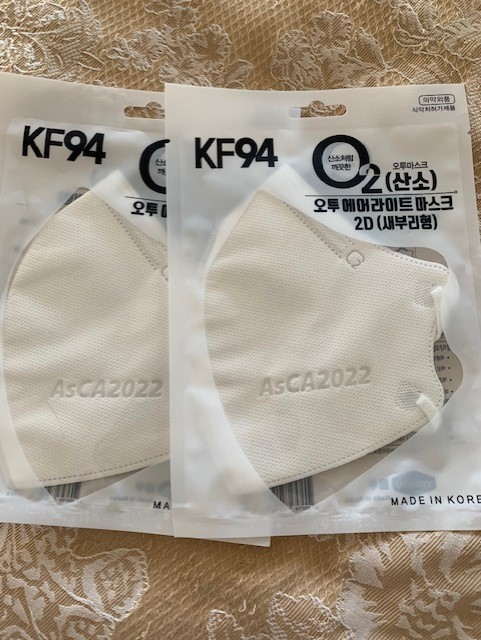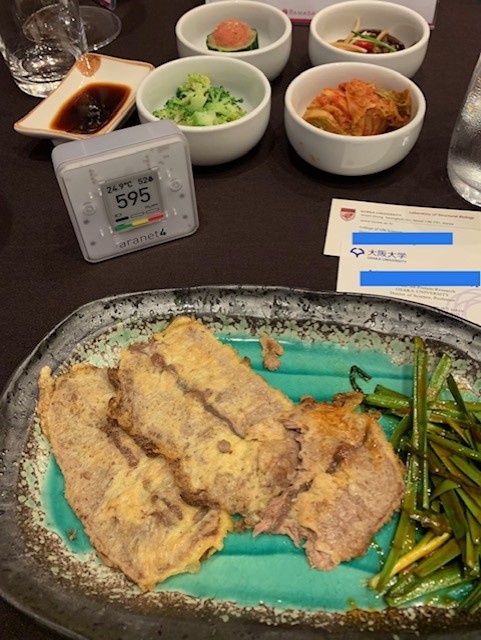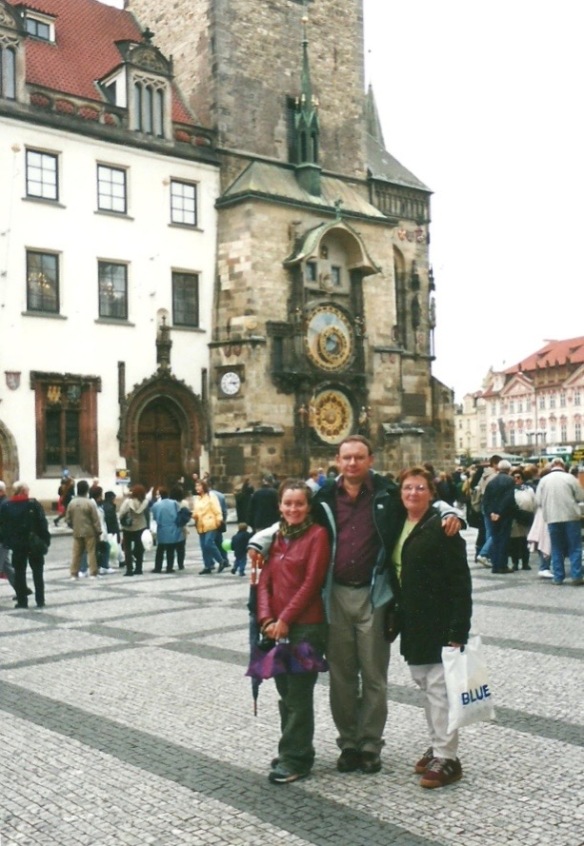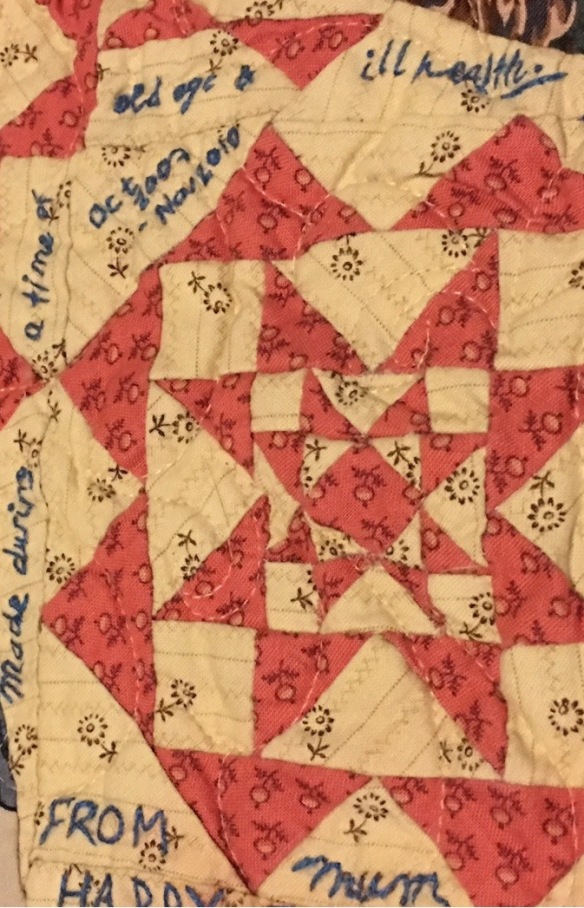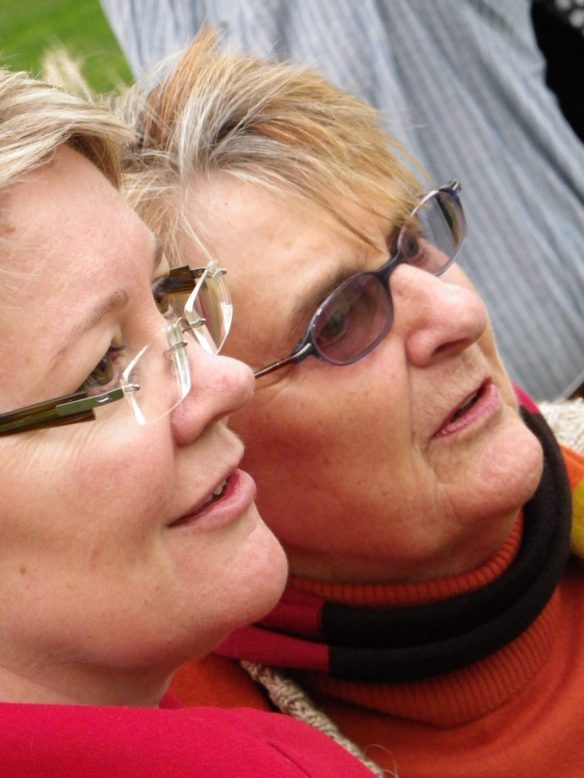…a Korean crystallography journal…
Last week I was in South Korea. Beautiful Jeju island in the Korea strait, to be exact. The touristy branding of Jeju as the “Hawaii of South Korea” may be a bit over the top. Having never been to Hawaii, I can’t really comment on the comparison. On the other hand, with gorgeous crystal-clear waters, sandy beaches and truly exceptional volcanic nature reserves that are UNESCO World Natural Heritage sites, Jeju is certainly a gorgeous place to visit.
The timing of my arrival overlapped with tragic news in South Korea, although I wasn’t to find out till quite late in the day. I was already on the 11-hour flight from Sydney to Seoul when the story broke of the heart-breaking loss of 156 lives in the Itaewan Halloween disaster. South Korea observed a week of mourning for those who died. In the same week, North Korea launched more than 80 missiles making for a somewhat tense atmosphere in the South. However, day to day life seemed to continue as normal and everything appeared to run like clockwork – at least to this visitor’s eyes.

My flight from Sydney to Incheon was uneventful, if a little late arriving (silver lining, I got to witness a lovely sunset from the window seat during landing).
Customs and quarantine queues were orderly and extremely efficient (unlike Sydney airport on return 😞). South Korea had only just relaxed the requirement for incoming passengers to provide a negative COVID-PCR test within 24 hours of arrival. So Incheon airport was still replete with messaging about now-unnecessary COVID quarantine requirements – including rapid PCR-testing facilities at every turn.
To get to Jeju, you need to first make your way from Incheon airport to Seoul-Gimpo airport. The two airports are not particularly close – about 30 km apart. Think Heathrow and London-City airports, or Melbourne and Avalon airports. No problem, there are plenty of options to get between Incheon and Gimpo. I chose to use the AREX, a train journey of about 35 minutes. The trains are modern and spacious and the carriages have a high information content: on-board displays track which station you’re at, show which other stops are on the journey, provide flight arrival and departure data, and even tell the story of the disputed Dokdo islands.
To board the AREX train you must first acquire a ticket. And to get the single-use ticket that I needed required cold hard cash – 4450 Korean Won plus a deposit of 500 Won to be precise. Credit card not accepted. Wait. What??!! Why??? Fortunately, I had a little South Korean money from a previous trip [I *knew* those 13,000 won (~$13 AUD) hoarded in 2010 would come in handy one day]. Seriously, it was so long ago, I wondered if the money was still legal tender. In any event, my squirrelled-away money proved to be legit, the ticket-machine was super easy to use, and – as a bonus – the issued ticket somehow remembered the language I had selected when I bought it, so that when I swiped on and off the display reported information in English (including a reminder to collect my 500 Won deposit at the end of the journey). How clever is that!
Great! Next stop Gimpo. Now. Gimpo airport has two terminals – International and Domestic. Both are served by the same AREX station. Why then, when I alighted from the train, did I automatically follow the directions to the International terminal, when my next flight was domestic? I don’t know. Maybe I was discombobulated. Maybe subconsciously I wanted to be back home. Maybe I simply needed to boost my step count. In any case I soon found out that I couldn’t get a boarding pass to Jeju at Gimpo International Terminal, so I legged it to the Domestic terminal. There, I did get a boarding pass, made my way through security, and arrived at the boarding gate in the nick of time…phew!…only to find that the Jeju flight was delayed by an hour due to the late arrival of the incoming flight…😞
Eventually I did arrive at Jeju airport, which was only a 5-10 min cab-ride to the conference hotel (both cab and hotel accepted credit card, yay!). It was midnight South Korean time (2am in Sydney) when I finally put head to pillow. Total travel time door to door, 21 hours…
Needless to say, I slept like a log 😴
As implied above, re stockpiled South Korean Won, this was my second visit to Korea. The last trip was 12 years ago. The reason for both visits was my participation in an Asian Crystallographic Association (AsCA) Conference. At the 2010 AsCA conference in Busan, Korea, I was Chair of the International Program Committee. Then in 2013 (at an AsCA meeting in Hong Kong) I was elected Vice-President of the AsCA Executive Committee. Subsequently I became President (2016-2019) and then Past President (2019-2022). At this year’s 2022 Jeju AsCA council meeting, my 9-year term on the Executive Committee came to an end. After so many years on the committee there was definitely a feeling of sadness, but the act of stepping aside also provided me with an opportunity to reflect on AsCA and its achievements during those years.
Equity and Diversity: First and foremost for me has been gender balance of speakers at AsCA conferences. Since 2018, AsCA has reported gender balance statistics. AsCA conferences regularly attract 400-600 attendees from 20-30 countries and we now know that ~35% of registrants who report their gender, identify as women. The most recent three AsCA conferences have been held in Auckland (2018), Singapore (2019), and Jeju (2022). [AsCA conferences were not held in 2020 or 2021 due to COVID]. In 2018, at the Auckland AsCA conference, the speaker gender balance was 33% women:67% men. In Singapore 2019, the speaker gender balance was 39% women:61% men, and in Jeju last week the speaker gender balance was 35% women:65% men. Of course, we would like to get to 50% women/non-binary attendees and speakers, but the current stats suggest we have a solid starting point in a traditionally male-dominated region. Further, equity and diversity is now squarely on the AsCA Council’s radar, and data are being captured and reported. That means we are counting what counts, and aiming to ensure that everyone has the same opportunities to succeed.
NextGen: For many years, AsCA has prioritised the development and support of our early career crystallographers. This is done through the provision of travel awards to attend AsCA conferences, as well as poster prizes and Rising Star awards at the conference. Importantly, a Rising Star award includes the opportunity to present a talk at an AsCA plenary session.
At Jeju, the AsCA conference organisers provided 10 travel awards, 20 poster prizes and 8 Rising Star awards. Alas, I don’t have the gender stats for the travel and Rising Star awards (note to self, recommend to new Executive Committee to collect and report that info). However, 2/3rd – yes ~67% – of the Jeju AsCA poster prizes were awarded to women. Wonderful! Now we need to ensure we don’t lose that talent, by supporting pathways that allow our best and brightest to progress.
COVID: It would be remiss of me not to mention COVID safety at the Jeju AsCA conference. I was really pleased that the on-site registration packs included N94 masks, and hand sanitiser. Excellent! South Korea retains a mask mandate and everyone abides by it. On flights. On public transport. Indoors. Furthermore, the quality of masks and of mask-wearing was exceptional. The only people I saw wearing fabric masks or chin masks were westerners. Perhaps it’s not surprising that during 2020 and 2021 South Korea had one of the lowest per capita COVID case rates globally – and that this was achieved without lockdowns.
The COVID Achilles heel of conferences can often be the social events. That risk can be reduced by ensuring good ventilation. My handy Aranet-4 CO2 monitor showed that the meeting rooms and dining rooms at the AsCA conference were very well-ventilated. Well done to the AsCA Local Organising Committee and the venue!!!
Virtual or no?: Attending face-to-face international conferences can bring many benefits including: the opportunity to discuss deep science questions with leading researchers outside of sessions; discovering new techniques/hardware at industry booths; networking and developing new collaborations; unexpectedly meeting far-flung former colleagues; and visiting – perhaps for the first time – a beautiful and interesting part of the world. Virtual attendance at meetings also has many benefits: reduced costs for travel/accommodation/food; no time spent/lost on long-haul travel; significantly reduced carbon footprint; increased opportunity to participate for those unable to travel; and decreased risk of contracting a dangerous infectious disease.
AsCA Jeju was a hybrid conference. Speakers and participants chose whether to be on-line or attend in person. I have no official data on the relative ratio of in person versus on-line speakers and participants at the conference. However, all Chinese participants were on-line due to the ongoing COVID restrictions in that country. From the number of people present in the conference halls and meeting rooms, I estimated that ~80% of registrants were there in real life. For the AsCA Council meeting, 43 people attended from 18 countries and about 50% of those were on-line. Everything ran very smoothly in this hybrid format.
Sustainability: My participation in the AsCA conference after almost three years of no travel raised a difficult question for me, one that I continue to struggle with. For some time now, I have been contemplating my contribution to global climate change. Over my career, I have been fortunate to explore many different parts of the world through international conference travel. On this occasion, I travelled to Korea by plane on a Sunday and departed for Sydney the following Thursday – a five day trip. Of the total time I was away from home – 120 hours – I was travelling for 40 hours or 33% of the time. And for 23 hours or 19% of those 120 hours, I was on a plane. I justified the trip because I pay to offset greenhouse gases, and because I had a key role on the AsCA Executive Committee. Now that I am no longer on the AsCA committee, and that I am edging ever closer to the end of my research career, how do I defend my travel to international conferences? How can we make conferences more sustainable?
We all need to make urgent and impactful changes to ensure a liveable world for future generations.
Perhaps it’s time for me to put the passport down, and pick up my online participation.
I would really like to hear what other researchers are doing about this. How do you address the mutually exclusive requirements of action on climate change and international conference participation?

